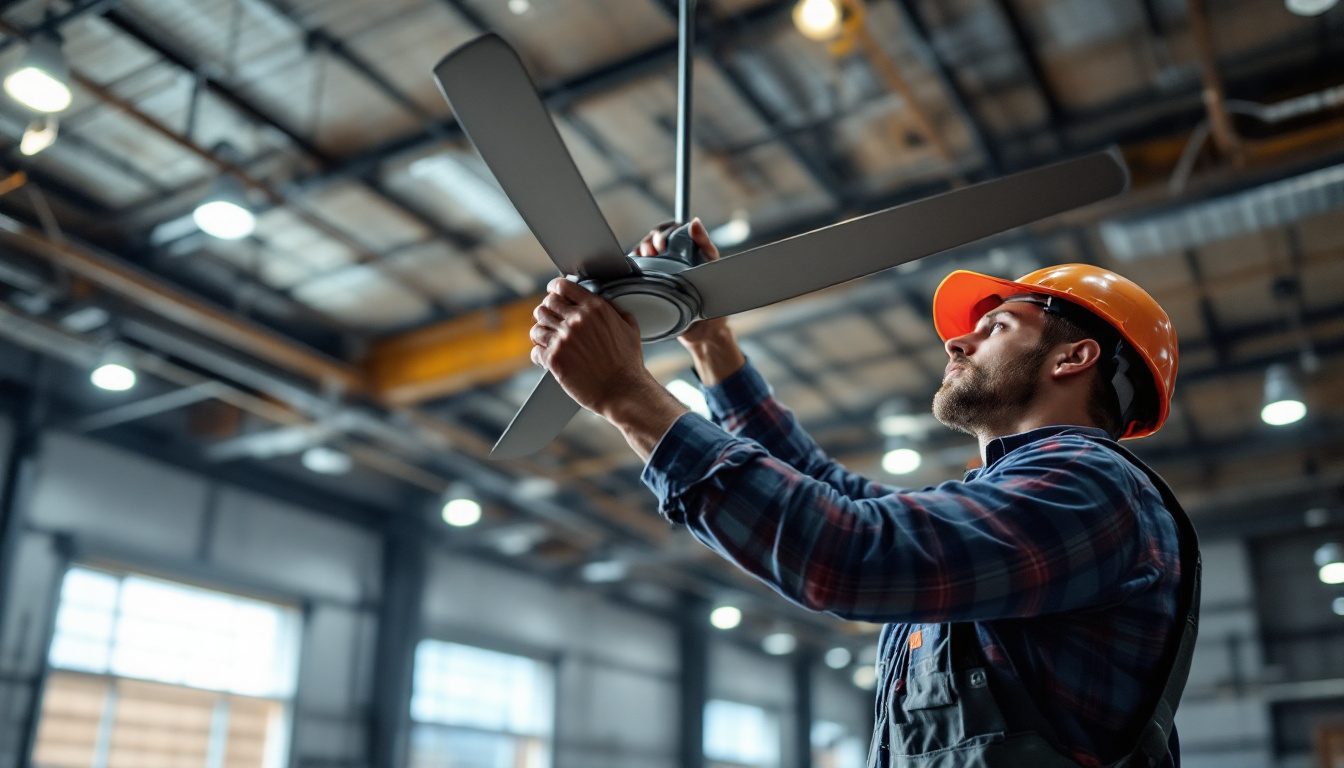
Lighting plays a crucial role in enhancing the functionality and aesthetics of any sports facility, particularly in tennis courts. Proper lighting not only ensures visibility during matches but also enhances the overall experience for players and spectators alike. As lighting contractors seek to elevate their installation projects, understanding the nuances of tennis lights can lead to improved outcomes and satisfied clients.
In tennis, the quality of lighting can significantly impact gameplay. Poorly lit courts can lead to visibility issues, affecting players’ performance and increasing the risk of accidents. Moreover, the ambiance created by adequate lighting can enhance the viewing experience for fans, making it essential for contractors to prioritize effective lighting solutions.
One of the primary functions of tennis lights is to provide adequate visibility for players. Courts must be uniformly illuminated to avoid dark spots, which can disrupt a player’s focus and performance. Additionally, safety is paramount; well-lit courts reduce the risk of injuries caused by misjudgment of ball trajectories or obstacles on the court. Furthermore, the right lighting can help players gauge the speed and spin of the ball more accurately, allowing for better reaction times and strategic play. This is particularly crucial during night matches or in indoor facilities where natural light is limited, as players rely heavily on visual cues to execute their shots effectively.
For many tennis facilities, hosting events and matches is a significant part of their operation. Proper lighting not only enhances the players’ experience but also creates an inviting atmosphere for spectators. Bright, well-distributed lighting ensures that fans can enjoy the game without straining their eyes, contributing to a more enjoyable experience overall. In addition to improving visibility, the aesthetic appeal of a well-lit court can elevate the atmosphere of the event, making it more memorable for attendees. Spectators are more likely to engage with the match when they can clearly see the action, and this can lead to increased attendance and enthusiasm for future events. Moreover, modern lighting technologies, such as LED systems, can be programmed to change colors or intensity, adding an exciting visual element that enhances the overall spectacle of the game.
When it comes to tennis lighting, contractors have several options to consider. Each type of lighting solution has its advantages and disadvantages, which can influence the choice based on the specific needs of the facility.
LED lighting has gained popularity in recent years due to its energy efficiency and long lifespan. Unlike traditional lighting options, LED fixtures consume less power and require less frequent replacement, making them a cost-effective choice for tennis facilities. Additionally, LED lights offer excellent color rendering, allowing players to see the ball more clearly against the court surface.
Metal halide lights have been a staple in sports lighting for many years. They provide bright, white light and are capable of illuminating large areas effectively. However, they have a shorter lifespan compared to LEDs and consume more energy. Contractors should weigh the pros and cons of metal halide fixtures, especially in terms of long-term operational costs.
Fluorescent lighting is another option, although it is less common in tennis facilities. While these lights are energy-efficient and provide good illumination, they may not offer the same level of brightness and color accuracy as LEDs or metal halide fixtures. Contractors should consider the specific requirements of the tennis court when deciding on fluorescent lighting.
Choosing the right lighting solution is only part of the equation. Successful lighting installation requires careful planning and consideration of various factors that can influence the performance of the lighting system.
The dimensions and layout of the tennis court play a significant role in determining the type and number of lights required. Standard tennis courts have specific measurements, and understanding these dimensions is crucial for effective lighting placement. A well-designed lighting layout will ensure uniform illumination across the entire court, minimizing shadows and dark spots.
Proper lighting angles and placement are vital for achieving optimal visibility. Lights should be positioned to minimize glare for players and spectators while providing adequate illumination for the entire court. A combination of overhead and side lighting can help achieve this balance, ensuring that all areas of the court are well-lit without causing discomfort to those on the court.
Incorporating advanced control systems and dimming options can significantly enhance the functionality of tennis lighting installations. These systems allow for adjustments based on the time of day, weather conditions, and specific event requirements. By providing flexibility in lighting levels, contractors can create an environment that caters to both players and spectators, enhancing the overall experience.
As the world becomes increasingly focused on sustainability, energy efficiency in lighting installations has never been more important. Tennis facilities can benefit from implementing energy-efficient lighting solutions that reduce operational costs and minimize their environmental impact.
Investing in energy-efficient lighting options, such as LEDs, can lead to significant long-term cost savings. Although the initial investment may be higher, the reduced energy consumption and longer lifespan of LED fixtures result in lower maintenance and replacement costs over time. This financial advantage is particularly appealing to facility owners looking to maximize their return on investment.
Using energy-efficient lighting solutions contributes to a facility’s sustainability goals by reducing its carbon footprint. Tennis facilities that prioritize environmentally friendly practices can attract environmentally conscious players and spectators, enhancing their reputation in the community. By choosing sustainable lighting options, contractors can play a pivotal role in promoting a greener future for sports facilities.
Lighting contractors must be aware of the various regulations and standards governing sports lighting. Compliance with these guidelines is essential for ensuring the safety and satisfaction of players and spectators.
Different governing bodies, such as the International Tennis Federation (ITF), have established illumination standards for tennis courts. These standards dictate the minimum levels of brightness required for various types of matches, including recreational play and professional tournaments. Contractors should familiarize themselves with these standards to ensure that their lighting installations meet or exceed the necessary requirements.
In addition to international standards, local regulations may also dictate specific lighting requirements, including restrictions on light pollution and noise levels. Contractors should conduct thorough research to ensure compliance with all relevant regulations, as failure to do so can result in fines or project delays. Engaging with local authorities early in the planning process can help streamline the installation and approval process.
Once a lighting installation project is complete, ongoing maintenance is crucial to ensure optimal performance and longevity of the lighting system. Regular upkeep can prevent issues that may arise over time, ensuring that the lighting continues to meet the needs of players and spectators.
Conducting routine inspections of the lighting system is essential for identifying potential issues before they escalate. This includes checking for burnt-out bulbs, ensuring fixtures are clean, and verifying that control systems are functioning properly. By addressing these issues promptly, contractors can maintain the integrity of the lighting installation and avoid costly repairs in the future.
As technology continues to evolve, lighting contractors should stay informed about advancements in lighting solutions. Upgrading to newer, more efficient technologies can enhance the performance of existing systems and provide additional benefits, such as improved energy efficiency and better control options. Staying ahead of the curve can position contractors as leaders in the field, attracting more clients and projects.
Examining successful tennis lighting projects can provide valuable insights and inspiration for contractors looking to enhance their own installations. These case studies highlight the importance of thoughtful planning, execution, and ongoing maintenance in achieving optimal results.
A community tennis facility recently underwent a lighting upgrade that transformed its courts from dimly lit spaces into vibrant, well-illuminated areas. By replacing outdated metal halide fixtures with energy-efficient LED lights, the facility not only improved visibility but also reduced energy costs by over 50%. The installation included advanced control systems, allowing for customizable lighting levels based on the time of day and type of event.
Another notable project involved a professional tennis tournament venue that required compliance with strict illumination standards. The lighting contractor implemented a comprehensive design that included a combination of overhead and side lighting, ensuring uniform illumination across the courts. The result was a visually stunning environment that enhanced the experience for both players and spectators, ultimately contributing to the venue’s success in hosting high-profile events.
In the realm of tennis lighting, understanding the various types of lighting solutions, installation considerations, and maintenance practices is essential for contractors aiming to deliver successful projects. By prioritizing energy efficiency, compliance with regulations, and ongoing upkeep, lighting contractors can enhance their reputation and contribute to the overall success of tennis facilities.
As the demand for high-quality sports lighting continues to grow, staying informed about the latest advancements and best practices will position contractors for success in this competitive field. Embracing innovative lighting solutions and focusing on the unique needs of tennis facilities will ultimately lead to improved outcomes and satisfied clients.
Ready to take your tennis court lighting installations to the next level? At LumenWholesale, we provide contractors with the highest quality, spec-grade lighting products at unbeatable wholesale prices. Say goodbye to local distributor markups and hello to superior lighting that meets the strictest industry standards. With our hassle-free bulk buying and free shipping, you can trust that you’re getting premium lighting at the best value — all without hidden fees or compromises. Elevate your lighting installations today and give your clients the exceptional experience they deserve. Wholesale Lighting at the Best Value is just a click away.

Discover how industrial pendant lighting can significantly cut costs for lighting contractors.

Discover how string LED lights are revolutionizing the lighting industry for contractors.

Discover the key factors that distinguish top lighting contractors when it comes to installing large commercial ceiling fans.

Discover the transformative benefits of LED wafer lights for lighting contractors.